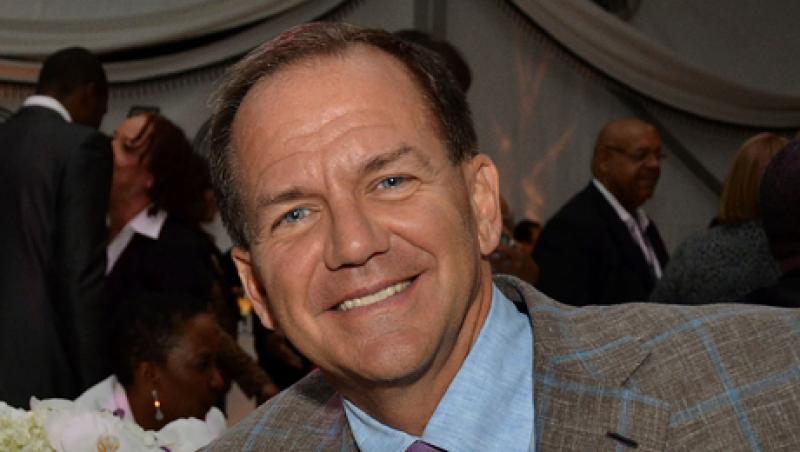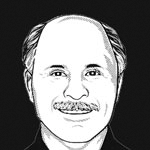
Tough Year for Macro Funds May Yet Turn Around
It’s been a tough year for macro funds. But investors should resist the urge to redeem. Macro funds might be about to enjoy a new resurgence.
Stephen Taub
July 16, 2012



